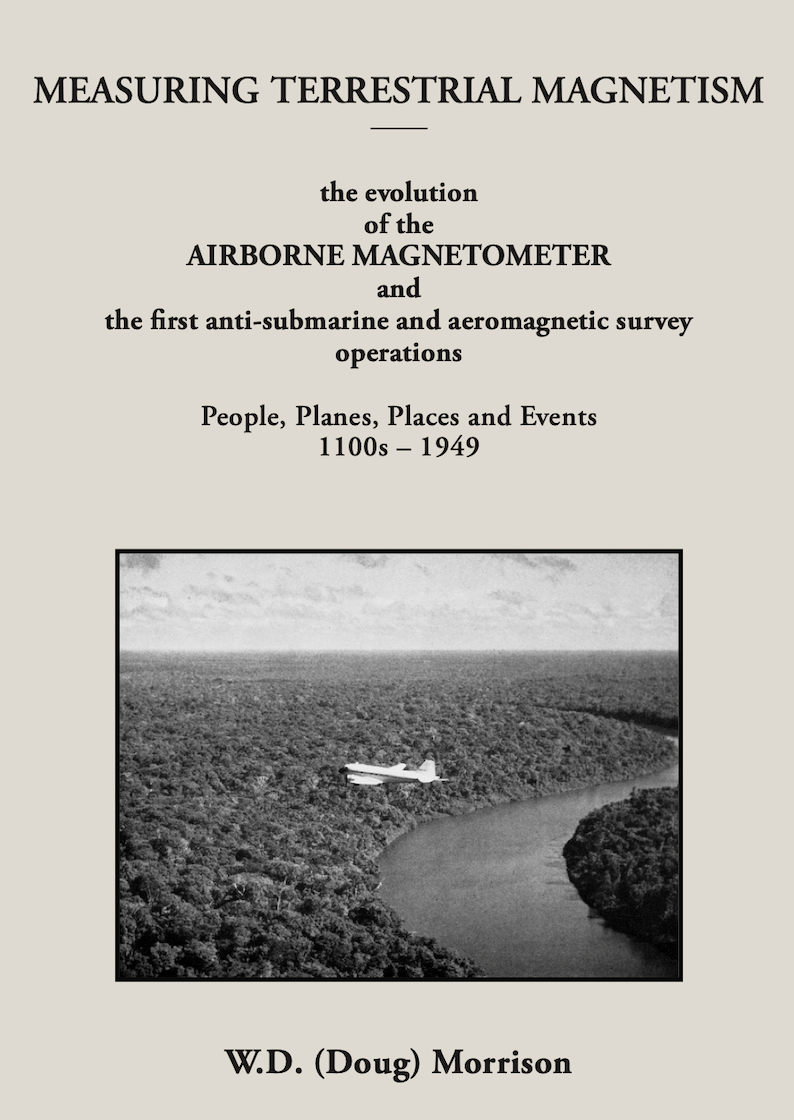Membership renewals open for 2024 - Click here
The History of Exploration Geophysics Education in Australia – a Brief Introduction
Roger Henderson
25 May, 2016
Possibly the earliest official suggestion that exploration geophysics be taught in Australian universities was in 1927 by E. C. Andrews, the Government Geologist of the NSW Department of Mines (Henderson 2013). In his annual report to the Mines Department for that year (Andrews 1928) his final recommendations acknowledge that “This class of work is taught in various universities and colleges in Europe, and teaching along geophysical lines had already been commenced in the United States, as at Golden, Colorado”. By this, it could be inferred that he was then hoping that teaching would be taken up in Australian universities. Elsewhere in his report, E. C. Andrews believed that the study of geophysics, at least at this time, was a tertiary subject.
As to what followed, Alan Day (Day 1966) believes that “Australian University courses paid scant attention to Geophysics” until after World War II when developments in resource exploration placed a demand on specialist knowledge of geophysics. Day also believes that Physics Departments on the whole were reluctant to include geophysical material in their courses at this time. According to Day, apart from a short course of 16 lectures, 4 demonstrations and 3 field days in geophysical prospecting given by E. H. Booth in 1931, (Booth 1938) a university undergraduate course was not established in Australia until 1950. This was in the Geology Department of Sydney University and was given by Dr H. I. S. Thirlaway, a graduate from Cambridge University, who was appointed as a lecturer, the first in Australia. According to Day, he gave a one-term segment in the honours year, mainly on seismology. (See Henderson, 2016 for more detail on Thirlaway’s appointment).
Day reports that this initial development soon spread to other universities in Australia. Indeed, Hugh Doyle (Doyle 1989) reports that in the very next year J. C. Jaeger was appointed to the chair of geophysics at ANU and developed a geophysics department that later became the Research School of Earth Sciences. The ANU school had no undergraduate teaching and dealt with general geophysics such as palaeomagnetism, seismology, heat flow, etc., for which it gained a strong world-wide reputation.
The importance of education was immediately recognized in the formation of our Society, with the original Constitution of 1970 having as its 2nd objective, ”To assist in the design and teaching of courses in geophysics”. This was reinforced by the formation of the ASEG Education Committee in Sept. 1970. (ASEG Bulletin v.1, no.1, p.27). Also see A Brief History of the Formation of the ASEG by M. J. Smith and R. J. Henderson.
References
Andrews, E. C. 1928, Preliminary report on geophysical prospecting for ore bodies: Ann. Rept. Dept. Mines NSW for 1927, pp 95-100.
Booth, E. H. 1938, A special application of geophysics: geophysical prospecting: J. Proc. Roy. Soc. N. S. W. , 71, 6-39.
Day, A. A. 1966, The development of geophysics in Australia: J. Proc. Roy. Soc. N. S. W. 100, 33-60.
Doyle, H. A. 1989, A short history of Australian geophysics: Exploration Geophysics, 20, 490-496.
Henderson, R. J. 2013, The official recommendation to establish exploration geophysics in institutions in Australia: providing some insights into the status of exploration geophysics worldwide up to 1927: Preview, 166, 39-47.
Henderson, R. J. 2016, The first lecturer in exploration geophysics in Australia – later to become a world renowned seismologist: Preview, 180, 40-41.

